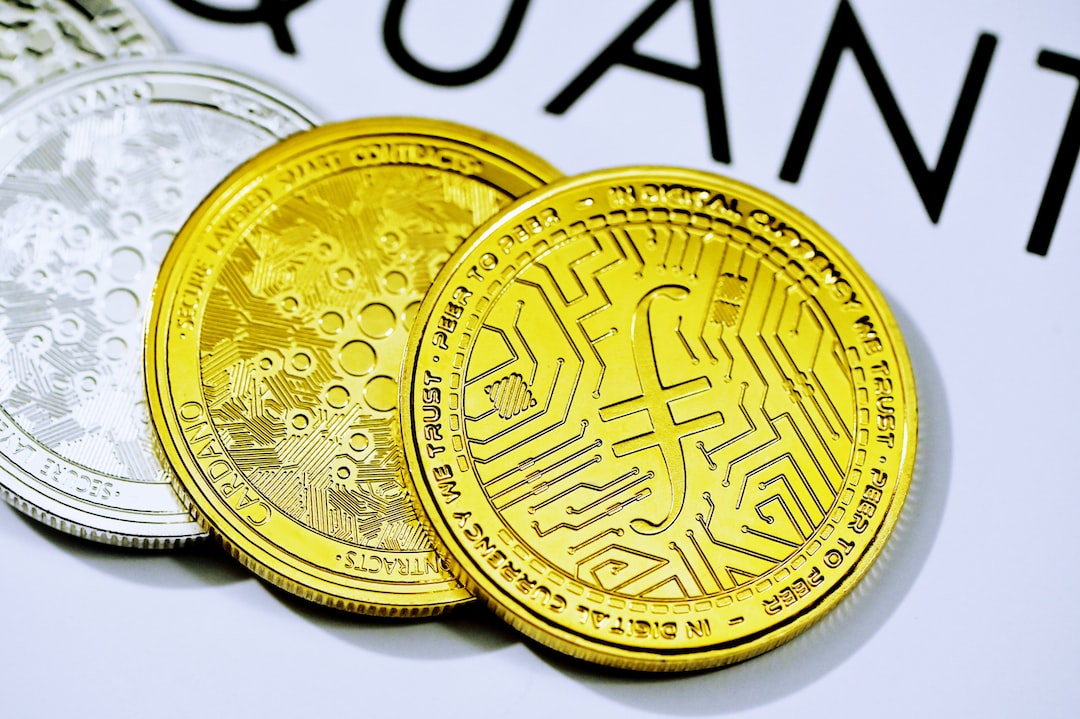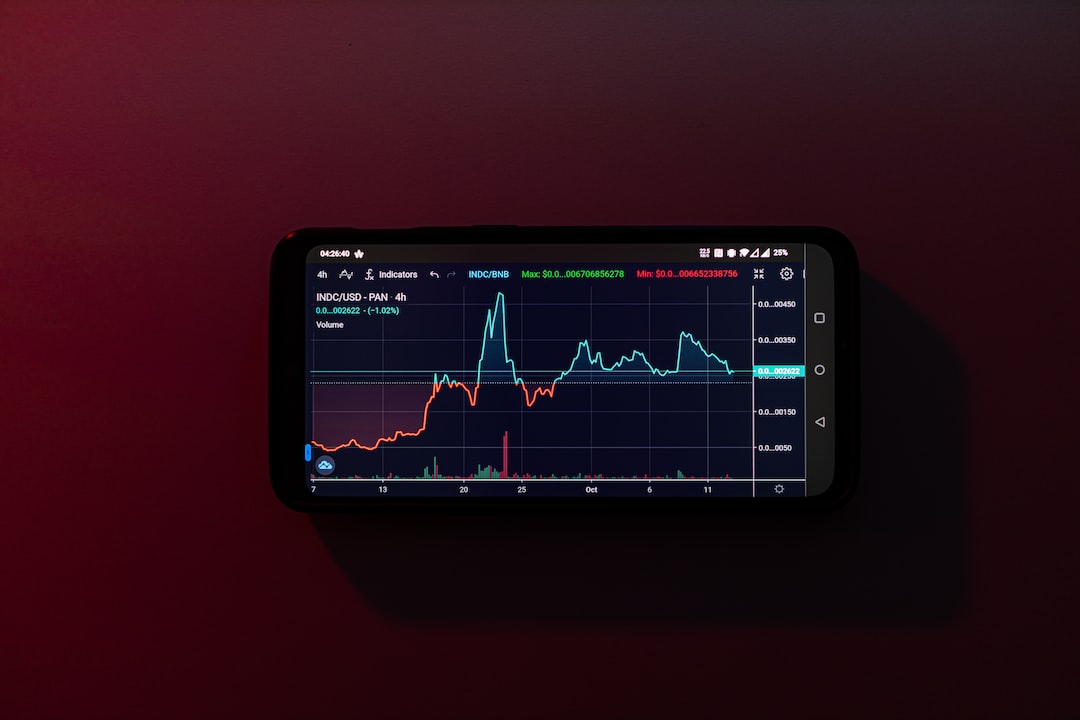AI Deciphers Ancient Greek Letters in Sealed Scroll Using Machine Learning
A 21-year-old student from the University of Nebraska-Lincoln, Luke Farritor, has successfully used artificial intelligence (AI) to decipher ancient Greek letters inside a sealed scroll from Herculaneum, Italy. This breakthrough brings hope for reading hundreds of other scrolls that were buried during the eruption of Mount Vesuvius in 79 AD.
Using AI to Detect Subtle Texture Differences
Farritor developed a machine learning algorithm that could detect subtle texture differences between inked and blank areas on the rolled papyrus. His neural network was able to highlight more than 10 Greek characters, including the word “porphyras,” which means purple. As a result, Farritor won the $40,000 “first letters” prize in the Vesuvius Challenge contest.
Unlocking the Ancient Roman Scrolls
The Vesuvius Challenge contest was organized by researchers who are trying to find a way to read the fragile, unopened scrolls discovered in Herculaneum. These scrolls make up the only intact library that has survived from ancient Greco-Roman times. Previous attempts to physically open the scrolls have only resulted in fragments, leaving most of the 600+ scrolls stored in the National Library of Naples unreadable.
Previous Efforts and Farritor’s Breakthrough
In 2016, Brent Seales from the University of Kentucky used X-ray scanning to virtually unwrap and read a burnt scroll from Israel. However, this method did not work for the Herculaneum scrolls as their ink lacks metal and is therefore invisible in scans. Seales realized that texture differences captured by CT scans could indicate inked areas. He trained an AI using opened fragments and then scanned intact scrolls at high resolution.
The Vesuvius Challenge was launched in 2019, providing scan data to AI experts worldwide. Farritor, who had taught himself Latin as a child, was drawn to the contest. After refining his algorithm based on visible “crackle” texture, he made a significant breakthrough in August when his algorithm detected five clear letters. This discovery led to the rapid identification of over 10 characters and won him the prize.
Potential for Discovering Unknown Ancient Works
This is the first time that the word “purple” has been found in opened scroll fragments. The successful reading of an intact text within a still-rolled scroll offers hope for deciphering titles, authors, and full contents of other scrolls. This advancement could reveal unknown ancient works that have not survived through the copying process over centuries. Most of the Herculaneum scrolls are related to Epicurean philosophy, including parts of Epicurus’ “On Nature.”
AI’s Role in Studying Ancient Texts
Artificial intelligence is increasingly playing a crucial role in the study of ancient texts, ranging from Greek inscriptions to Egyptian cartonnage. Researchers envision machine learning unlocking the secrets of an “invisible library” hidden within layered palimpsests and discarded parchment. Despite the challenges, Vesuvius Challenge leaders remain optimistic about their chances of reading full scrolls before the December grand prize deadline, especially with Farritor’s algorithm continuing to reveal more characters.
Hot Take: AI Unleashes the Potential of Ancient Scrolls
A 21-year-old student’s use of artificial intelligence to decipher ancient Greek letters inside a sealed scroll brings hope for uncovering long-lost knowledge. By developing a machine learning algorithm that detects subtle texture differences between inked and blank areas, Luke Farritor won the Vesuvius Challenge contest and a $40,000 prize. This breakthrough offers optimism for reading the hundreds of unreadable scrolls buried during the eruption of Mount Vesuvius in 79 AD. With AI’s increasing role in studying ancient texts, there is potential to unlock an “invisible library” of knowledge. Farritor’s algorithm continues to make progress, and there is excitement about the possibility of deciphering titles, authors, and full contents of these ancient scrolls.





 By
By
 By
By
 By
By

 By
By
 By
By